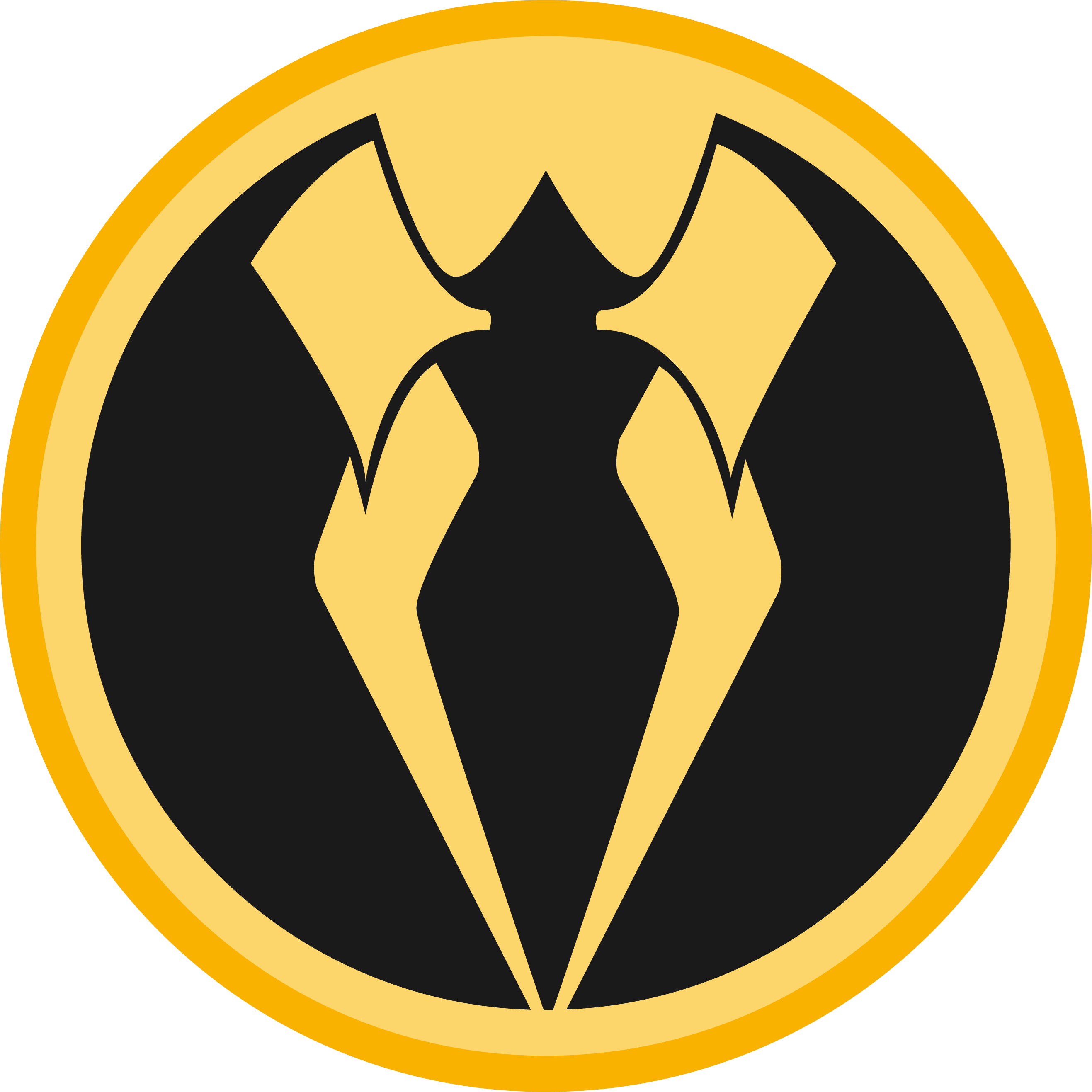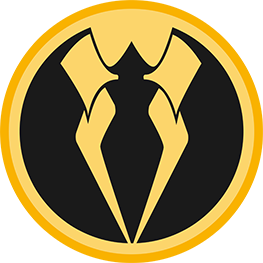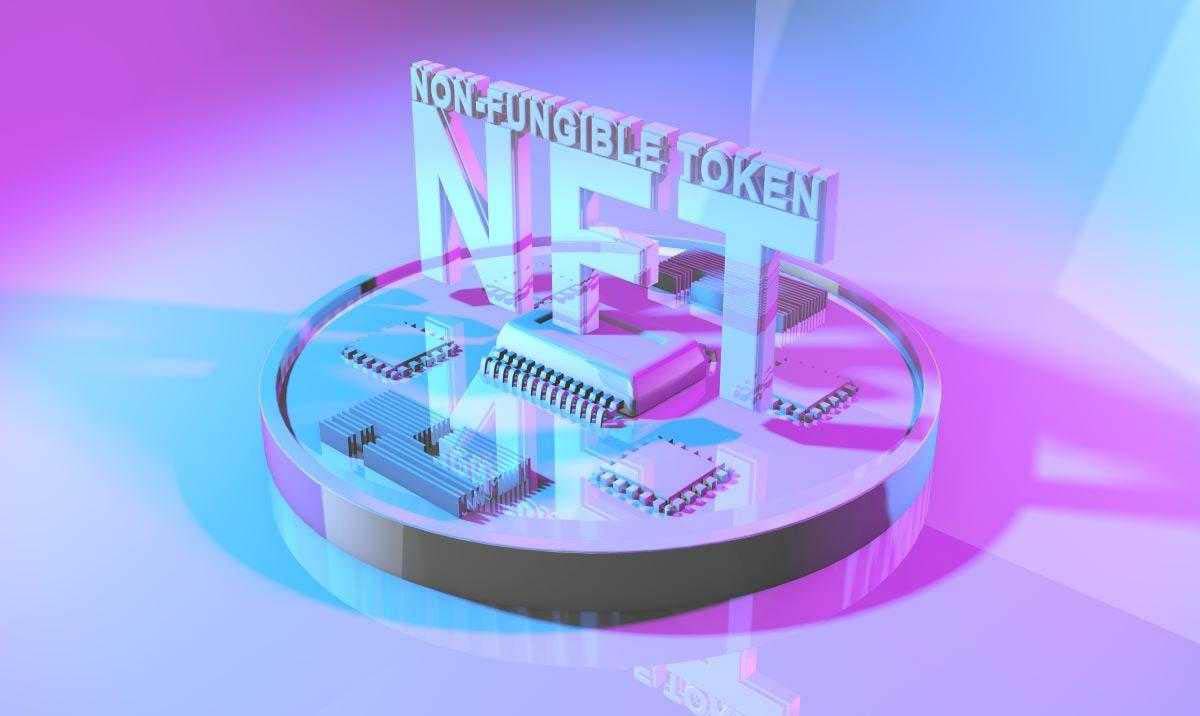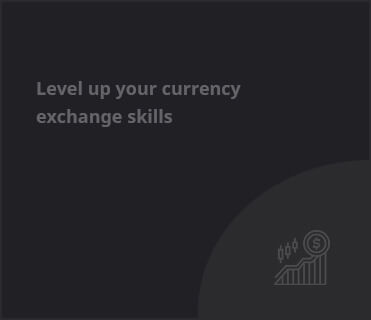Here is a step-by-step tutorial on minting your first NFT using OpenSea, a well-liked NFT creation tool among novice developers. (Excellent substitute platforms also exist; we’ll discuss them below.)
Step 1: Decide on the concept
I’m a financial journalist, but I also have a developing interest in all things astrological. I observed that Juno was highly active when I looked at my most recent astrology chart with astrologer Noah Frere. Due to this, I made the decision to center my first NFT collection on the turbulent connection between the Roman gods Juno and Jupiter. I also knew I wanted to examine the conflict between love and obligation through the lens of dedication after having a terrific talk with my business coach, Lisa Fabrega.
Since every creator requires an alter ego, I chose the moniker “Juno Muse” for mine.
My concept was solidified, and I knew what I had to do: revive some of my older poems and compose a number of new ones. then discover how to blockchain mint them.
Step 2: Choose the platform.
The technical knowledge needed to mint NFTs on OpenSea is similar to what I needed in 2006 to join up for Myspace.
According to Denise Schaefer, co-founder of the blockchain education platform Surge, “there’s a large fallacy that you have to be technical to participate in crypto.” But when minting in marketplaces like OpenSea or Rarible, I view NFTs as a delightful entryway into the ecosystem that doesn’t require coding abilities.
OpenSea
Used blockchains include Polygon and Ethereum
For all kind of NFTs, OpenSea is well-liked and simple to operate. OpenSea now offers a slow mint option, whereas the Ethereum blockchain is infamous for demanding exorbitant service costs, or “gas.” Without having to pay for gas, the artist can upload their creation, “mint” it to their profile, and then put it for sale. The gas costs will be covered by the collector when they buy it.
What you need before beginning:
Wallet for ETH (e.g. MetaMask, Coinbase or dozens of others)
Creating costs:
2% of your gross sales
Study more:
Check out the OpenSea resources page.
Rarible
Used blockchains include Tezos, Flow, and Ethereum.
Book, music, digital art, and movie creators can all use Rarible to mint their NFT works. There are some amusing options, like the option to only provide buyers access to the entire project while allowing visitors to Rarible to have a “sneak peak” of your product.
As a community-owned NFT marketplace, Rarible sees itself. By using the distinctive token for Rarible (ERC-20 RARI), you become the project’s owner. Although it’s a fascinating feature, I found it to be a little challenging for my first mint. I’d like to find out more about this.
What you need before beginning:
Wallet appropriate for the blockchain of your choice.
Creating costs:
Depending on the blockchain you use, they may differ, however free minting is an option.
Study more:
Read the Frequently Asked Questions
Holaplex
Using blockchain: Solana
Artists and creators report that the Solana blockchain is extremely quick, has great performance, and is cost-effective with very low fees, despite Solana receiving mixed reviews from Ethereum aficionados. Solana is known as a new, less harmful alternative to Ethereum due to its speed and efficiency, which also reduces energy consumption.
What you need before beginning:
Arconnect wallet and the Phantom wallet
Creating costs:
Per transaction, 0.000005 SOL ($0.00025) is said to be used. While fees can vary, they are essentially nonexistent.
Study more:
Visit the Holaplex and take a look at this artist’s guide to Solana and the Holaplex.
For Solana tl;dr it’s basically:
— Jackie Singh 🕵🏽♀️ Opinions: Only Mine! (@HackingButLegal) January 16, 2022
1. Establish an account with a crypto exchange like @coinbase, convert small amount of usd to sol ($5 would do)
2. Establish @phantom wallet in @brave or Chrome
3. Move funds from exchange to browser wallet
4. Initialize store @holaplex!
Objkt
Tezos is a blockchain used.
Objkt, which was first developed as a secondary market, now enables artists and producers to make money directly from their work on its site. Sasha Stiles and Ana Maria Caballero, co-founders of theVerseVerse, use it as well as other literary NFT creators.
Minting is now live on https://t.co/wErtxZVJLY. Artists can create collections and directly mint into them.
— objkt.com (@objktcom) November 11, 2021
Creating a collection will deploy your own smart contract on the @Tezos blockchain. ⛓️🖥️
Take a look at @pointline_'s new collection: https://t.co/rowggJ0y4E pic.twitter.com/2qxIrTytBV
What you need before beginning:
Pick one of the following compatible wallets:
- Spire
- Church Wallet
- Galleon
- Wallet Kukai
- Umami
- Wallet AirGap
Creating costs:
2.5 percent of all profitable sales
Study more:
Check out the objkt website.
Step 3: Establish relationships and a community
Get ready to DM and tweet. You need to revive your Twitter account if you want to start creating NFTs. You must also sign up for Discord, a gaming and cryptocurrency-focused communication network similar to Slack. Expect to obtain the majority of your knowledge through these lines of communication, as well as establish sincere connections.
Expect your community to be your most important marketing resource when you’re ready to sell your NFTs. It may sound trite, but you don’t need to spend a lot of money on complex marketing strategies to launch a project that is successful.
Maliha Abidi, whose Women Rise NFT collection released in November 2021 and sold out in 50 days, earning 2,000 ETH of trading volume in the process, noted that the community is so eager and continually tagging our initiative in different things and always talking about it.
Abidi stated to CoinDesk on January 19 that “We have not put in even $1 in promotion so far, but we were literally just featured in Vanity Fair yesterday and today in Rolling Stone.”
Biggest week at Women Rise! ☀️
— Women Rise NFT (@WomenriseNFT) January 19, 2022
We sold out, reached 5400 unique holders, achieved 1900 ETH in trading volume,reached 24k on Twitter, reached 12k on discord, are trending on #32 on @rarible and @opensea, featured on Rarible homepage, & it is all thanks to our amazing community 🥰 pic.twitter.com/BvcAWNvP1I
Even 1-of-1 makers, who produce singular, one-of-a-kind works of art as opposed to the algorithmically generated avatars that are used as Twitter profile images, appear to believe that developing connections can be quite beneficial.
We communicate with one another every day. You may find your collectors on Twitter, and if there is useful beta information, we all share it, according to Thao Nguyen, an artist who switched from selling his works on Etsy to NFT artwork on OpenSea in 2021. It’s a partnership that gives a lot, and I adore it.
Step 4: produce your artwork.
I requested my mother to send me an old iPad that she wasn’t using so I could start illustrating my poetry, and I enrolled in an online illustration course at the Baltimore Academy of Illustration. To practice recording audio snippets in iMovie and GarageBand, I purchased an Apple Pencil, downloaded Photoshop for iPads, and connected my Yeti microphone (which I already owned). I dug up some of my old graduate school poetry, thought of ideas as I walked around Manhattan, and got a notebook so I could start writing.
Every artist has their own approach, but you should always consider how your work will look on a digital platform. For your first NFT, adhere to following rules:
- Utilize the supplies and tools you already own.
- Invest as necessary in new knowledge or technologies.
- Find other creators and share knowledge with one another.
- As you produce, bear in mind the audience you believe will enjoy your work.
- You can decide whether your NFTs should include written, audiovisual, or all three.
- Select a file format. JPG, PNG, GIF, SVG, WEBM, MP3, WAV, OGG, GLB, and GLTF are all supported by OpenSea.
- Consider the file size. The cap for OpenSea is 100 MB.
- Consider accessibility – I decided to include subtitles with my spoken-word poetry so that everyone might enjoy them, even those who have visual or auditory challenges.
After some trial and error, I decided to forgo the Photoshop images I had made and instead use Canva to create a straightforward title image and subtitles for my poem. I then made a recording of myself reading the poem and accompanying slides. I’m not the best visual artist around.
However, I gave myself permission to experiment, and I have no plans to stop. Don’t pigeonhole yourself too soon or restrict your ideas of what is possible, is the counsel I’ve received. If you don’t have a distinct aesthetic like the accomplished painter Abidi, think of NFTs as an opportunity to branch out. Let your message resonate with the new creative form that NFTs represent.
5 step: Mint and distribute
The minting procedure in OpenSea is so simple that I kept expecting a clown to appear and accuse me of being duped.
It only takes a few clicks to upload your files, describe your collection, create your profile, choose your royalties (for when your artwork is later sold on a secondary market), and finish your listing.
Because Polygon had no costs, I decided to mint my first NFT there.
You can view your NFT on your profile as soon as you mint it. Data on the blockchain is open and available to everyone. The history of your NFT’s purchases and sales will always be accessible, allowing you and potential investors to keep tabs on its price.
- “Etherscan is where you can see all the transactions that have happened in the Ethereum blockchain,” Schaefer told CoinDesk. “It is specific to all transactions that are occurring in the Ethereum network, and in and out of the network. Everybody having access to these public records is what allows for blockchains to operate without a central authority and without a bank.”
But according to Schaefer, you might not want everyone to know how much money you have and how much money you’re spending. Here’s where blockchain-based pseudonyms and numerous wallets—both completely legal—come into play.
Final step: is to sell your NFT.
It’s time to advertise your NFT for sale after minting. I chose to make things straightforward by listing mine for 1 ETH, which was worth $2,922.42 at the time of minting.
Until Feb. 20 or whenever someone decides to pull my NFT off the market, my 1 ETH price will continue to be displayed on my Juno Muse OpenSea profile.
I intend to continue experimenting with how I set the price for my NFTs in the interim. To make Juno proud, I intend to publish my old graduate school poems and to continue producing poetry on Thursdays, which are under the sway of Jupiter, Juno’s beloved. Perhaps, just perhaps, this new regimen will help me rediscover my love for NFTs and, most importantly, my own work.



